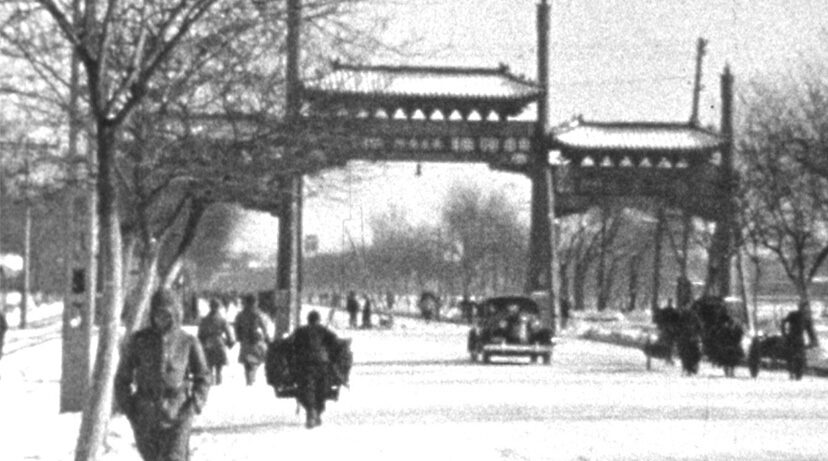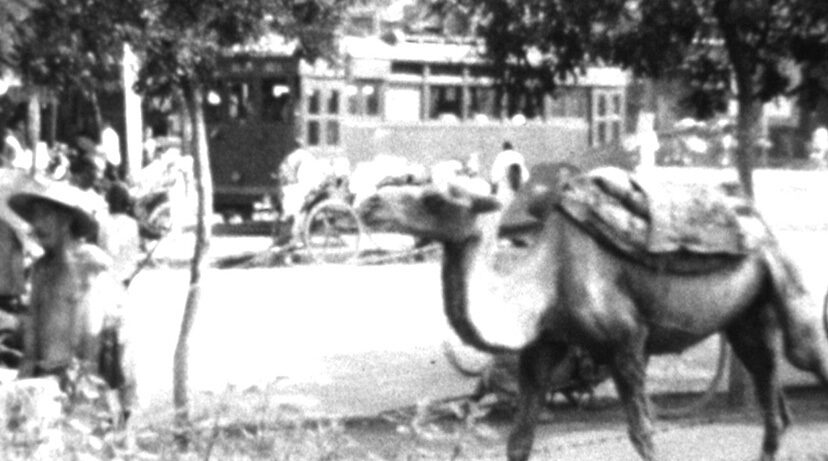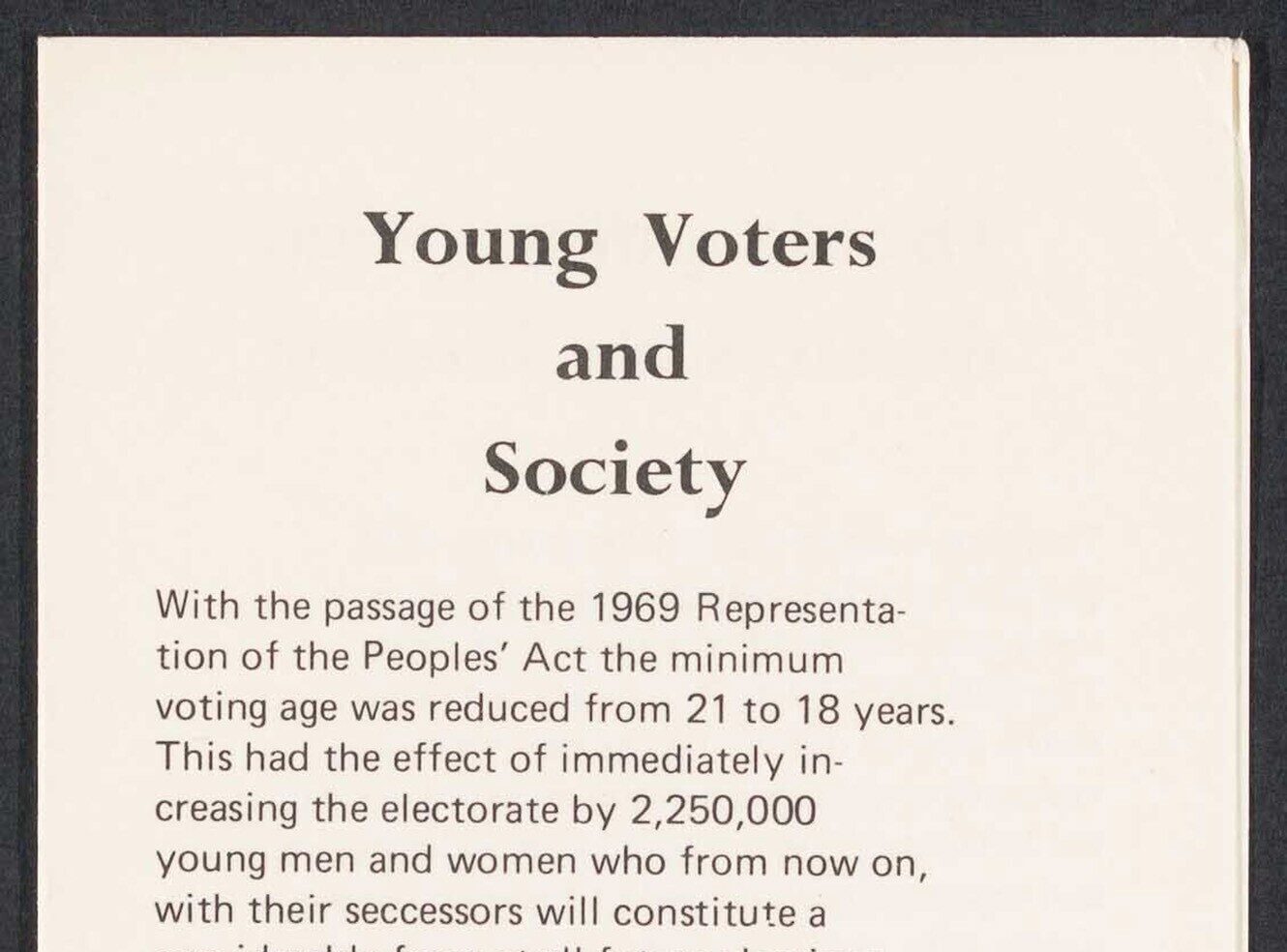Perspectives of the past: A window into 1930s Beijing
All historical sources offer snapshots of real life in their period of time. However, these glimpses are often biased, shaped by the creators' perceptions, potentially distorting our understanding of the past. Film, with its unique attributes, can illuminate history in ways other sources cannot.
Most films have a purpose; a story they are trying to tell. But the very nature of filming, especially once you take the camera out into the real world, means that it will often capture images that the creator never intended. The candid shot of people in the background going to work, or children noticing the camera and being curious, or even trying to hide from the camera. You see people being people, and it’s a reminder that throughout history that’s always been true. For me, this is where many highlights lie in AM’s China on Film: Twentieth Century Sources from the British Film Institute.

Wanderings in Peking. Material sourced from the British Film Institute
A film that particularly speaks to my love of people-watching is ‘Wanderings in Peking’. This film was made by Sidney Howard Hansford, a British scholar who would go on to become Professor of Chinese Art and Archaeology at the University of London. Hansford would wander the streets of the city now called Beijing and set up his camera on street corners or markets to capture city life as it moved past the lens. Humanity can be witnessed throughout the film; when a stallholder notices the camera and breaks into a wide grin, or later when a young boy notices the camera in a playground and then tries to hide. This film provides a window into 1930s Beijing and captures a bustling, lively city during a period of intense modernisation in Chinese cities. Nothing captures this better than the sight of pigs and sheep being herded across tram tracks, or street scenes where we see trams and automobiles alongside rickshaws – and even a camel or three!

Wanderings in Peking. Material sourced from the British Film Institute
This film is, in many ways, indicative of the collection. Even Hansford, a scholar, captures footage that is typical of a tourist, including footage of a martial arts display as well as street performances. The majority of the films included in China on Film are created by Westerners who are in China for a host of reasons: as missionaries, as tourists, or for work. This means that many of the films view China from a Western perspective, often painting it as an exotic but backwards civilisation stuck in its traditional ways. This was a distinctly flawed perspective, as is evidenced by the films themselves. You can see this in ‘Wanderings of Peking’; while the camera focuses on the street performances of ‘traditional’ entertainment, for example, when looking into the crowd it is possible to see a great number of onlookers in modern hats and clothing. The person behind the camera might point the camera towards the traditional, but a keen-eyed viewer can see the modern world beyond.
For more information about China on Film: Twentieth Century Sources from the British Film Institute, including free trial access and price enquiries, please email us at info@amdigital.co.uk.
Wanderings in Peking is available open-access for 30 days.
Recent posts

The blog highlights American Committee on Africa, module II's rich documentation of anti-apartheid activism, focusing on the National Peace Accord, global solidarity, and student-led divestment campaigns. It explores the pivotal role of universities, protests, and public education in pressuring institutions to divest from apartheid, shaping global attitudes toward social justice and reform.

This blog examines how primary sources can be used to trace the impact of young voices on society, particularly during pivotal voting reforms in the UK and the US. Explore materials that reveal insights into youth activism, intergenerational gaps, and societal perceptions, highlighting their interdisciplinary value for studying youth culture, activism, and girlhood across history.
